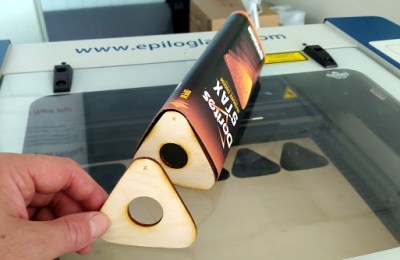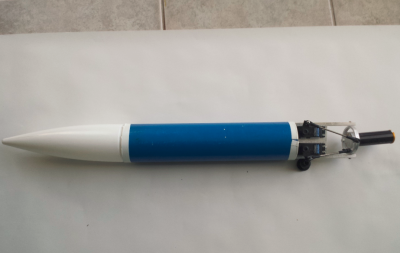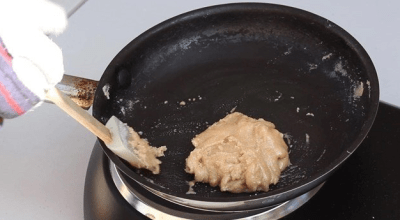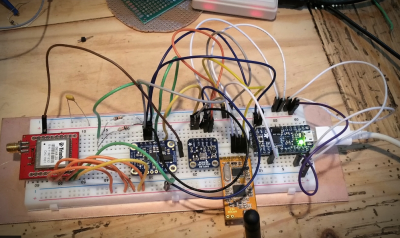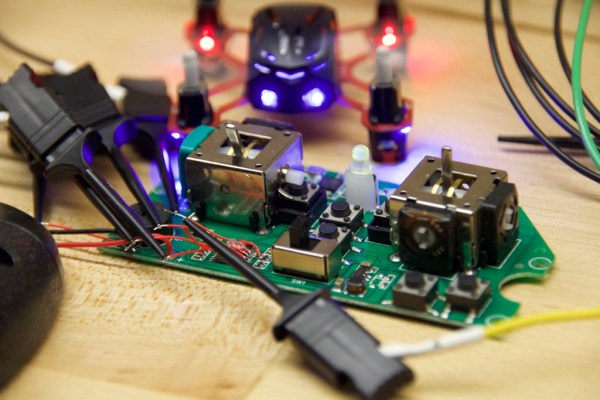Just like the imaginative kids depicted in “Junior Missile Men in Action,” you’ll have to employ a fair bit of your own imagination to figure out what was going on in the original film, which seems to have suffered a bit — OK, a lot — from multiple rounds of digitization and format conversion. [GarageManCave] tells us he found the film on a newsgroup back in the 1990s, but only recently uploaded it to YouTube. It’s hard to watch, but worth it for anyone who spent hours building an Estes model rocket and had that gut-check moment when sliding it onto the guide rail and getting it ready for launch. Would it go? Would it survive the trip? Or would it end up hanging from a tree branch, or lost in the high grass that always seemed to be ready to eat model rockets, planes, Frisbees, or pretty much anything that was fun?
Model rocketry was most definitely good, clean fun, even with the rotten egg stink of the propellant and the risk of failure. To mitigate those risks, the West Covina Model Rocket Society, the group the film focuses on, was formed in the 1960s. The boys and girls pictured had the distinct advantage of living in an area where many of their parents were employed by the aerospace industry, and the influence of trained engineers shows — weekly build sessions, well-organized range days, and even theodolites to track the rockets and calculate their altitude. They even test-fired rockets from miniature silos, and mimicked a Polaris missile launch by firing a model from a bucket of water. It was far more intensive and organized than the early rocketry exposure most of us got, and has the look and feel of a FIRST robotics group today.
Given the membership numbers the WCMRS boasted of in its heyday, and the fact that model rocketry was often the “gateway drug” into the hacking lifestyle, there’s a good chance that someone in the Hackaday community got their start out in that park in West Covina, or perhaps was even in the film. If you’re out there, let us know in the comments — we’d love to hear a first-hand report on what the club was like, and how it helped you get started.
Continue reading “Retrotechtacular: Junior Missile Men Of The 1960s”



